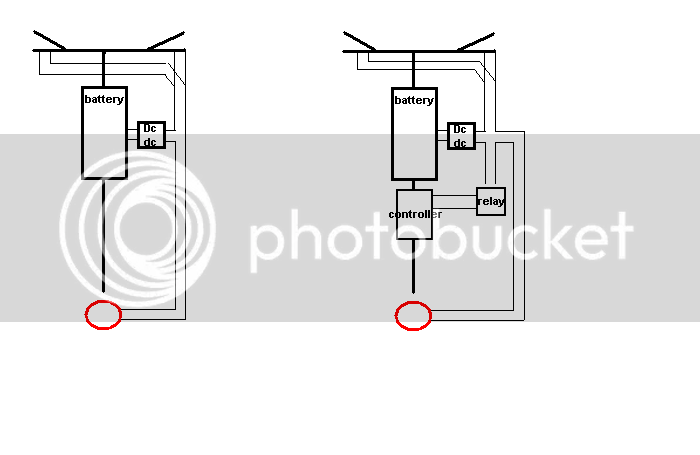bowlofsalad
100 kW
Hello,
It dawned upon me that I am without a solid plan for both headlights and taillights for an ebike. Originally, I imagined just using a silly old red flasher at the back, but some how I've concluded that the best option is a light that turns on when the ebrake/regen is activated.
It seems like one or two users have this worked out, but I am a bit too simple to understand what they did to copy their results.
http://www.ebay.com/itm/310498190336?item=310498190336
This item looks like it could potentially simplify much of what would be needed to setup such an idea, but I wouldn't know where or what to attach it to. In my mind, a brake light wire should come standard with ebike controllers. The way some of you guys ride these things, you'd think you were riding a motorcycle. Brake lights seem essential. I'd probably use both a brake light and a flasher myself, but to each their own.
Does anyone have a watered down simple to follow explanation on using ebrakes as a way to activate a light? I'd like turn signals as well, but beggars can't be choosers.
The goal is to use the ebrake wire as an on/off switch.
Thanks for reading.
It dawned upon me that I am without a solid plan for both headlights and taillights for an ebike. Originally, I imagined just using a silly old red flasher at the back, but some how I've concluded that the best option is a light that turns on when the ebrake/regen is activated.
It seems like one or two users have this worked out, but I am a bit too simple to understand what they did to copy their results.
http://www.ebay.com/itm/310498190336?item=310498190336
This item looks like it could potentially simplify much of what would be needed to setup such an idea, but I wouldn't know where or what to attach it to. In my mind, a brake light wire should come standard with ebike controllers. The way some of you guys ride these things, you'd think you were riding a motorcycle. Brake lights seem essential. I'd probably use both a brake light and a flasher myself, but to each their own.
Does anyone have a watered down simple to follow explanation on using ebrakes as a way to activate a light? I'd like turn signals as well, but beggars can't be choosers.
The goal is to use the ebrake wire as an on/off switch.
Thanks for reading.



